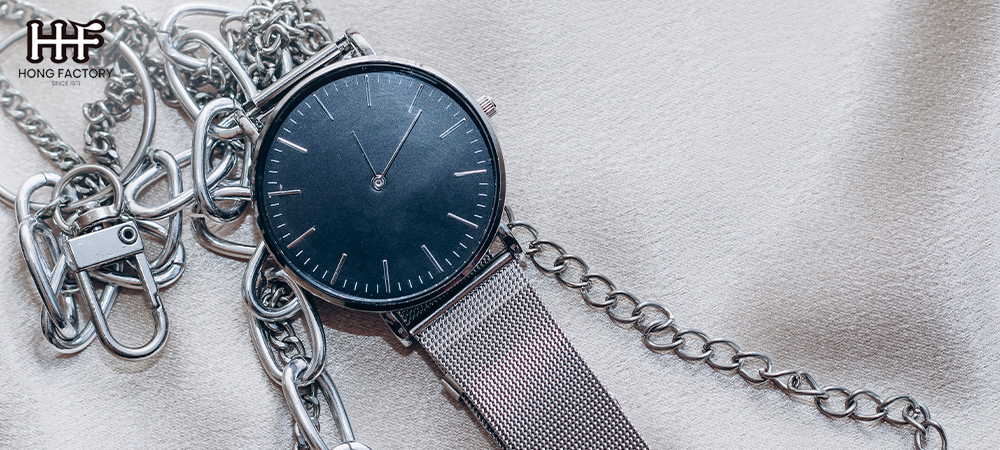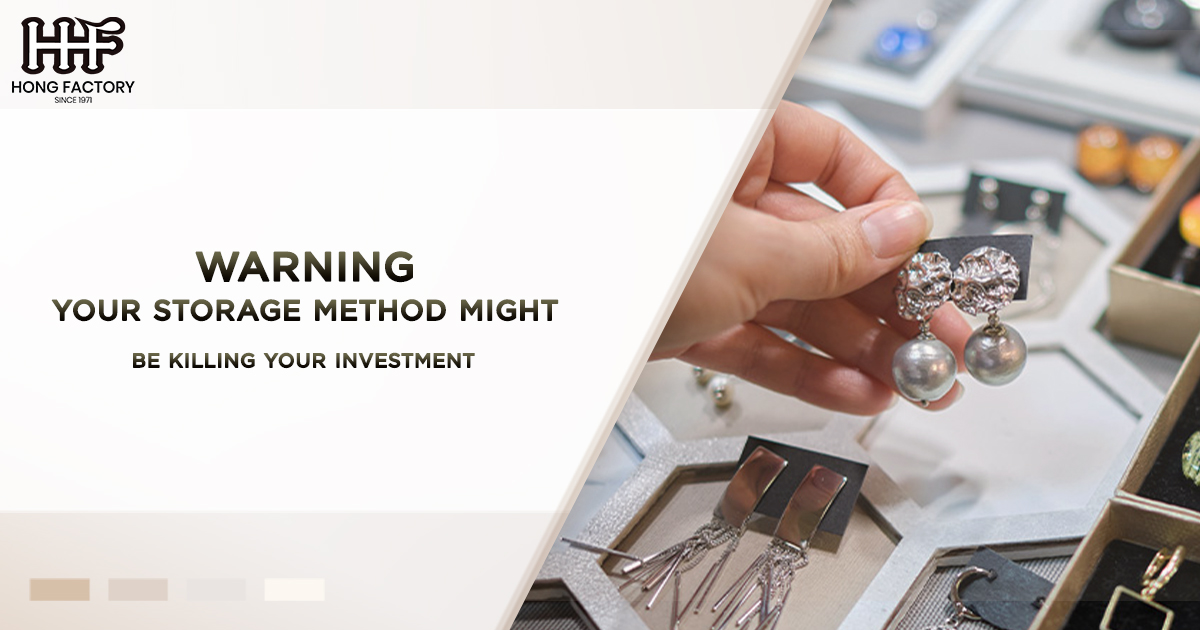Investing in valuable items such as collectibles, antiques, artwork, jewelry, or rare documents is often a significant decision. These investments frequently hold not only monetary worth but also sentimental or historical value. However, many investors unknowingly jeopardize their investments by failing to properly store and protect them. Whether you’re storing fine art, precious metals, vintage wine, or family heirlooms, improper storage can lead to irreversible damage, devaluation, or even total loss.
In this article, we’ll explore professional storage guidelines to ensure you can safeguard your assets, maintain their value, and protect them against environmental factors. By understanding key concepts around proper storage, value preservation, environmental considerations, and advanced protection strategies, you can guarantee your investment thrives for generations.
Why Proper Storage is Essential for Value Preservation
The way you store your valuables has a direct impact on their long-term condition and value. Improper storage methods may lead to deterioration, corrosion, fading, or even permanent damage. Most investments, whether they are physical assets or collectible goods, are highly sensitive to environmental factors such as temperature, humidity, light exposure, and contaminants.
Over time, these factors can :
- Break down materials, leading to cracking, warping, or discoloration.
- Promote mold, mildew, and oxidation.
- Cause metals like silver or gold to tarnish, rust, or corrode.
- Damage delicate surfaces such as paintings, photographs, or leather.
If you neglect proper care and storage, the market value of these items could fall dramatically. Worse, some damage may be irreversible, rendering your once-valuable possessions worthless.

The Environmental Factors That Put Your Investment at Risk
Environmental factors are among the leading causes of damage to stored valuables. By controlling these factors, you can dramatically reduce the risk of damage. Let’s break down the most critical environmental risks you must be aware of.
1. Temperature Fluctuations
Extreme or fluctuating temperatures are harmful to nearly every type of material. For example :
- Wood and paper expand and contract with changes in temperature, leading to cracking and warping.
- Paintings and artwork can become brittle or crack over time due to temperature extremes.
- Wine deteriorates if stored in temperatures that are too high or too low.
Solution :
- Store items in a space with a stable temperature, ideally between 60–75°F (15–24°C).
- Use climate-controlled storage facilities for high-value items, especially artwork or wine collections.
2. Humidity Levels
High moisture levels encourage mold growth, rust, and corrosion, while low humidity can dry out or crack sensitive materials like wood, paper, and fabric. Maintaining the right balance is crucial.
Optimal Humidity Ranges by Item Type :
- Artwork, documents, and books: 45–55% relative humidity.
- Metals and coins: Less than 40% relative humidity.
- Wine: Around 70% relative humidity.
Solution :
- Use a dehumidifier or humidifier to maintain proper relative humidity in your storage area.
- Invest in silica gel or other moisture-absorbing materials for small, enclosed storage solutions.
3. Light Exposure
Ultraviolet (UV) light can fade and discolor artwork, photographs, textiles, and even plastics. Once light damage occurs, it is irreversible.
Solution :
- Avoid direct exposure to sunlight in your storage area.
- Use UV-blocking glass or window films for storing framed items.
- Store sensitive items in dark, covered containers when possible.
4. Contaminants and Air Pollutants
Dust, dirt, and airborne chemicals can accumulate on your valuables, leading to stains, scratches, or tarnishing. Items like jewelry or antique metals are especially susceptible to chemical reactions.
Solution :
- Regularly clean and inspect your items.
- Use airtight containers for sensitive materials.
- Store items in a well-ventilated area away from pollutants (e.g., oils or cleaning chemicals).
Professional Storage Guidelines for Different Types of Investments
Each type of asset requires unique storage considerations. Let’s dive into professional storage advice tailored to specific categories of valuable items.
1. Fine Art and Paintings
Paintings, sculptures, and other forms of art are extremely susceptible to environmental fluctuations. Follow these tips to protect your fine art :
- Use acid-free backing and archival-quality materials for framing.
- Ensure storage racks are padded to prevent scratches or dents.
- Keep artwork off the ground in case of flooding.
- Use climate-controlled storage with stable temperature and humidity levels.
2. Collectibles and Memorabilia
Whether it’s rare coins, trading cards, or stamps, collectibles can lose their value rapidly due to improper handling and storage :
- Use acid-free plastic sleeves, binders, or holders to prevent physical damage.
- Avoid rubber bands or adhesives, which can degrade and damage items.
- Keep items in a fireproof and waterproof safe for added protection.
3. Jewelry and Precious Metals
Jewelry, gold, and silver are prone to tarnishing, corrosion, and scratches :
- Store each piece individually to prevent scratches.
- Use anti-tarnish strips or cloths to mitigate tarnishing.
- Invest in a secure, padded jewelry box or a safe with anti-moisture features.
- Rare Documents, Books, and Photographs
Paper items are fragile and highly sensitive to light and moisture :
- Handle with clean, dry hands or use gloves.
- Store documents flat in acid-free folders or boxes.
- Use archival-quality photo sleeves or albums for photographs.
5. Vintage Wine and Spirits
If you’re a wine collector, proper storage is crucial for preserving flavor and investment value :
- Store wine bottles horizontally to keep the cork moist and airtight.
- Maintain a consistent temperature between 45–65°F (7–18°C).
- Keep wine in a dark, vibration-free environment to preserve quality.
Storage Safety : Protecting Against Theft and Natural Disasters
When storing high-value items, security is just as important as environmental control. Protecting against theft, fire, water damage, and other disasters ensures the longevity of your investments.
1. Theft Prevention and Secure Storage
Invest in high-quality locks, safes, and monitoring systems :
- Use a UL-rated fireproof and waterproof safe for added protection.
- Avoid storing valuables in easily accessible areas of your home.
- Consider off-site professional storage facilities with advanced security systems.
- Protection Against Natural Disasters
Natural disasters like floods, hurricanes, or fires can instantly destroy poorly stored valuables :
- Elevate storage containers off the ground to guard against flooding.
- Use waterproof and sealed containers for sensitive items.
- Back up digital copies of important documents in case of physical loss.

How to Know If Your Storage Method is Failing
It’s crucial to regularly inspect your stored items to spot early signs of damage before it worsens. Look for :
- Fading, discoloration, or cracking.
- Warping, curling, or rusting.
- Mold growth or musty odors.
- Dust buildup or surface grime.
If you notice these signs, take immediate corrective action to prevent further deterioration and preserve the value of your investment.
Benefits of Professional Storage Facilities
For those who own items of exceptional value, specialized storage facilities offer unparalleled protection. These facilities provide :
- Climate control with precise temperature and humidity management.
- Advanced security systems, including surveillance and alarms.
- Fireproof, waterproof, and disaster-resistant storage environments.
- Insurance coverage for stored items.
While professional storage may involve upfront costs, it’s an investment that protects your assets from unforeseen risks and guarantees long-term value preservation.
Final Thoughts – Protect Your Investment Before It’s Too Late
Your investment’s longevity depends on how well you store and protect it. Ignoring proper storage methods can lead to devastating consequences, including financial loss and emotional distress over damaged valuables. Whether it’s collectibles, fine art, rare documents, or jewelry, the right storage practices can mean the difference between preserving your investment and losing it forever.
Take the time to assess your current storage methods and make necessary improvements. If needed, consult professional storage services to ensure your most prized possessions receive the level of care and protection they deserve. By being proactive, you can rest easy knowing your investments are safe and secure for years to come.
